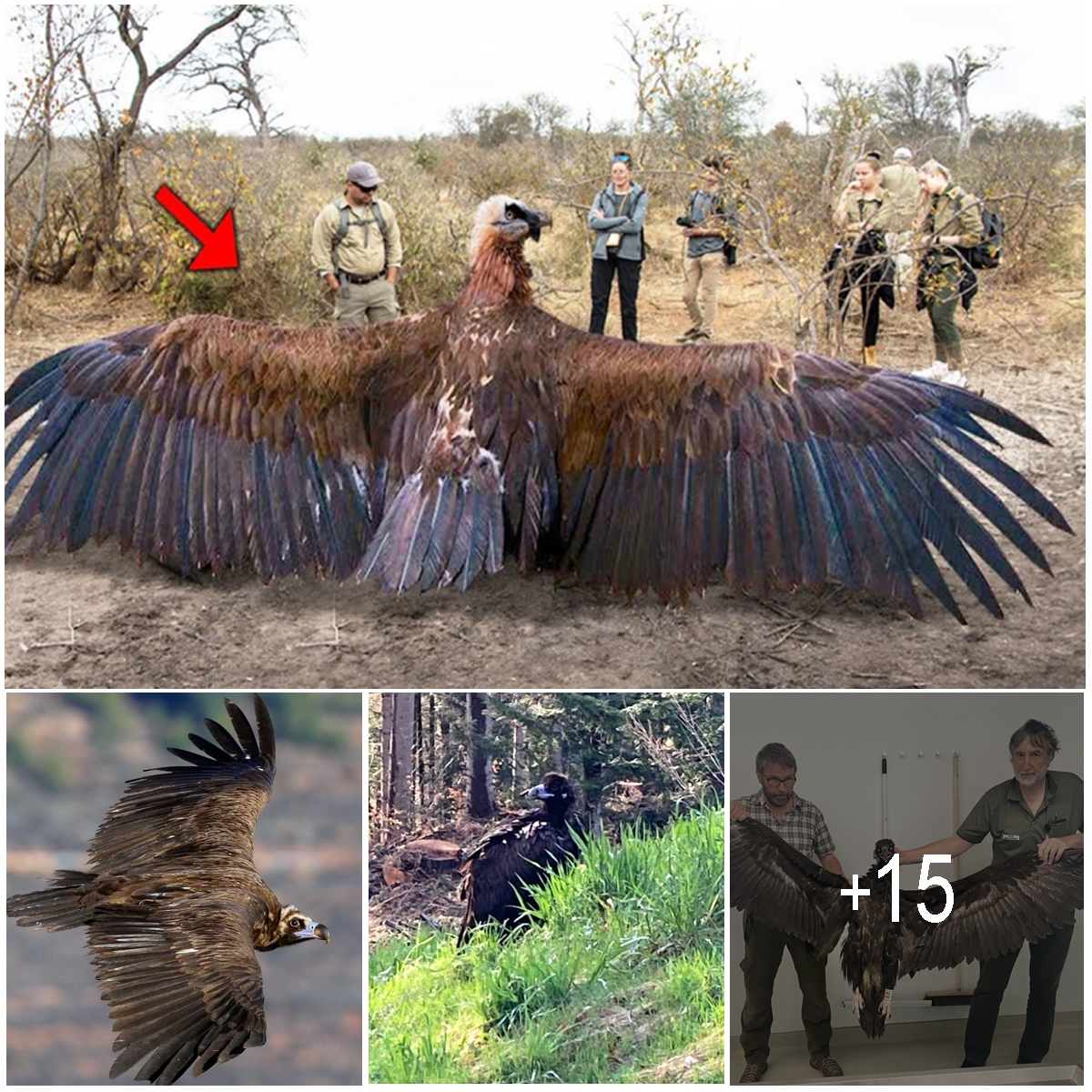
In the vast expanses of our planet’s diverse ecosystems, one bird stands out as a majestic sentinel of the skies – the Cinereous Vulture (Gyps fulvus). Also known as the Eurasian Black Vulture, this remarkable avian creature captures the imagination with its imposing size, impressive wingspan, and crucial role in maintaining ecological balance. Let us embark on a captivating journey to discover the fascinating world of the Cinereous Vulture.
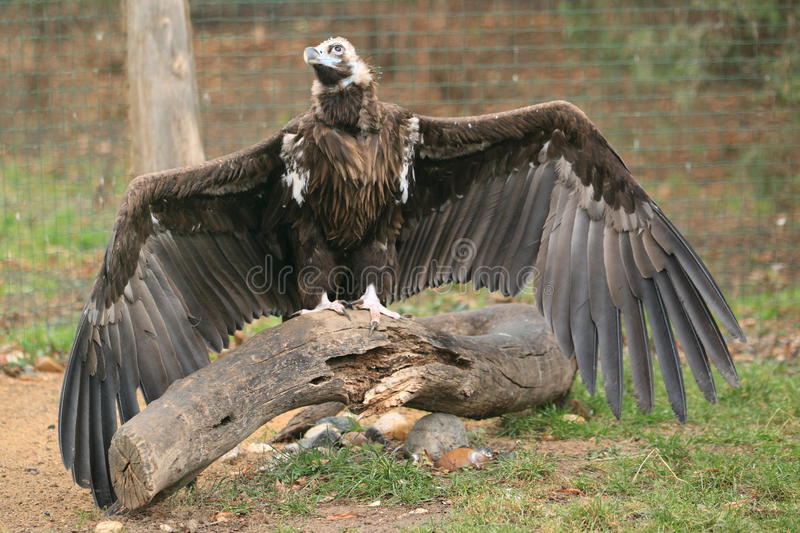
The Cinereous Vulture is among the largest vulture species in the world, boasting an impressive length of 1.1 to 1.2 meters (3.6 to 3.9 feet) and a wingspan spanning 2.5 to 2.9 meters (8.2 to 9.5 feet). Its plumage is predominantly charcoal gray, lending it an air of noble elegance. The wings and tail are characterized by a striking black coloration, distinguishing it from other vulture species. This avian marvel possesses a robust beak and sharp talons, perfectly adapted for its scavenging lifestyle and effortless soaring through the skies.
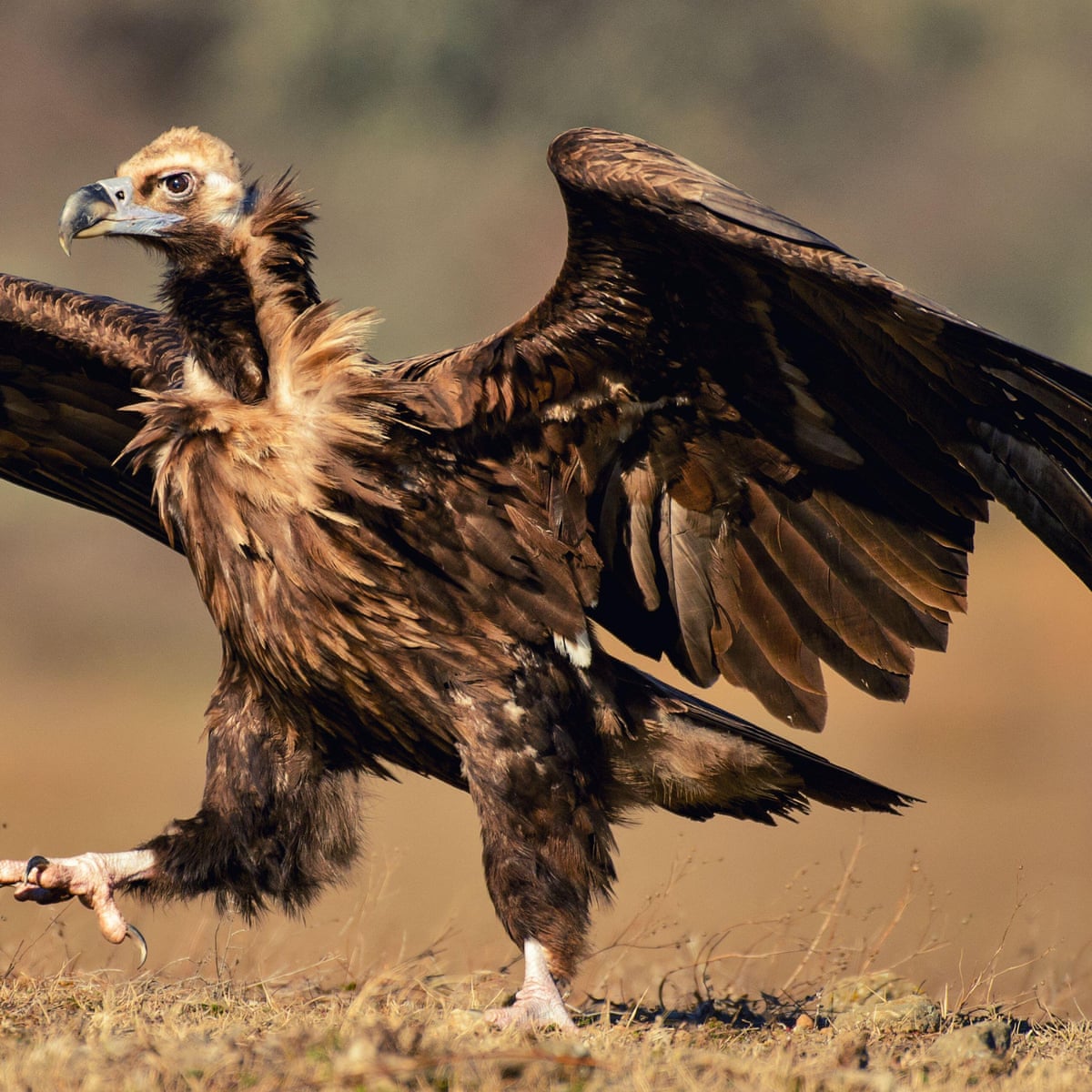
With a range spanning from Western Europe and Africa to the Middle East and Central Asia, the Cinereous Vulture has established its presence across vast territories. It prefers habitats such as high mountains, grassy plains, and expansive open areas. These aerial navigators are known for their remarkable long-distance migrations, undertaking epic journeys across different countries and continents. Their ability to cover vast distances showcases the boundless wonder of avian migration.
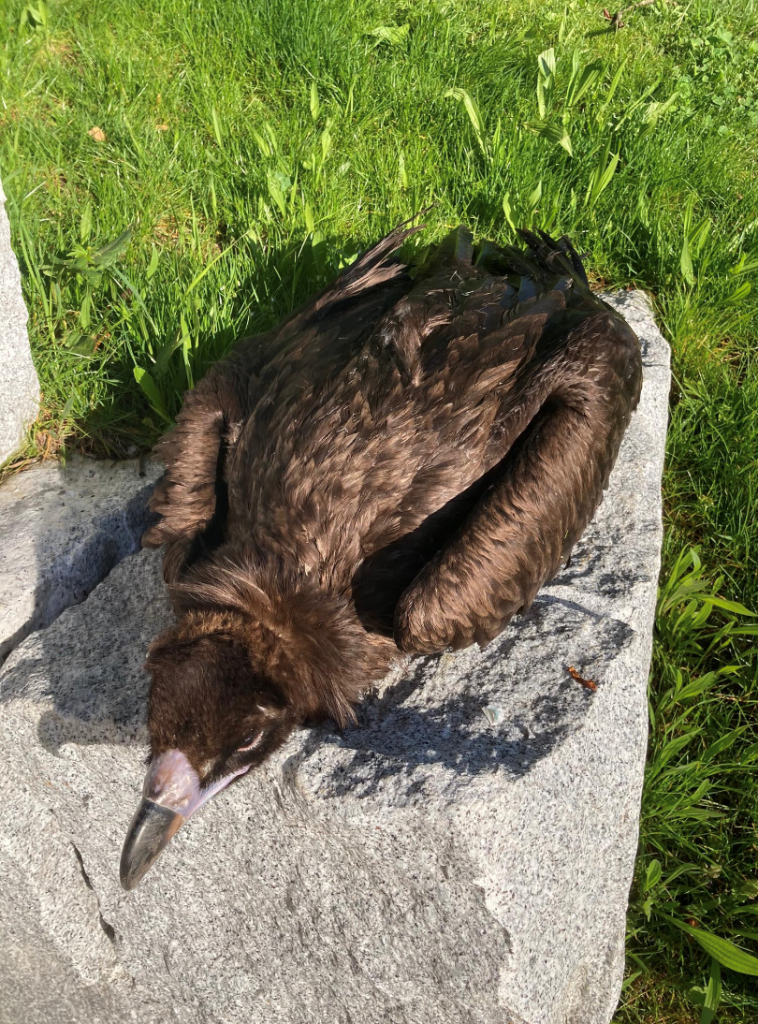
As an opportunistic feeder, the Cinereous Vulture primarily relies on carrion as its primary food source. These resourceful scavengers possess a keen sense of smell, allowing them to detect the scent of decaying flesh from great distances. By feeding on carcasses, they fulfill a vital ecological role by cleaning up and preventing the spread of diseases. While carrion forms the core of their diet, they are also capable of preying on smaller animals, such as foxes or rabbits, displaying their adaptability as hunters when necessary.
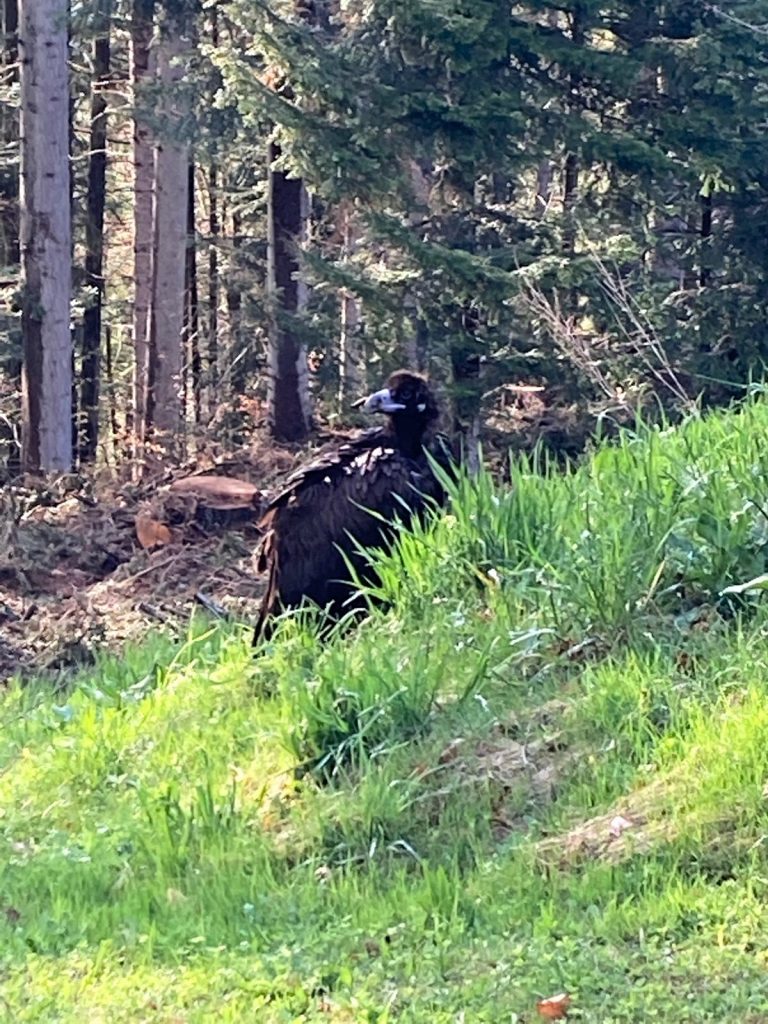
Despite its robust and awe-inspiring presence, the Cinereous Vulture faces significant conservation challenges. Habitat loss, degradation, and human-related factors such as poisoning and collisions with power lines pose significant threats to its survival. Conservation efforts have been initiated to protect and restore suitable habitats, establish captive breeding programs, and mitigate human-wildlife conflicts. International collaborations and awareness campaigns are crucial in raising public support and promoting sustainable conservation practices for this magnificent species.
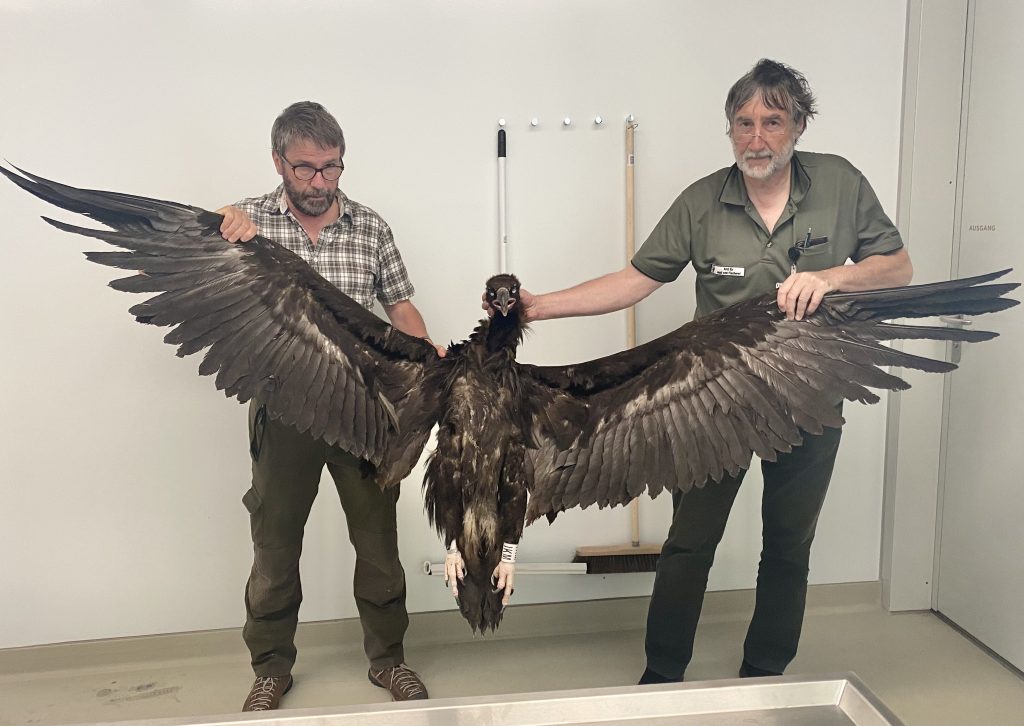
Beyond their visual grandeur, Cinereous Vultures play a vital role in maintaining the delicate balance of ecosystems. Their scavenging behavior prevents the spread of diseases by disposing of carcasses efficiently. They contribute to nutrient recycling and facilitate the decomposition process, fostering a healthier environment. Furthermore, these birds serve as indicators of environmental health, reflecting the overall well-being of ecosystems they inhabit.

The Cinereous Vulture, with its commanding presence and ecological significance, reminds us of the interconnectedness of all species in our delicate web of life. Its effortless flight and crucial role as nature’s cleanup crew make it a symbol of resilience and adaptability. By understanding and appreciating the Cinereous Vulture, we can strive to protect and preserve the awe-inspiring diversity of our natural world, ensuring the continued survival of this remarkable sentinel of the skies for generations to come.
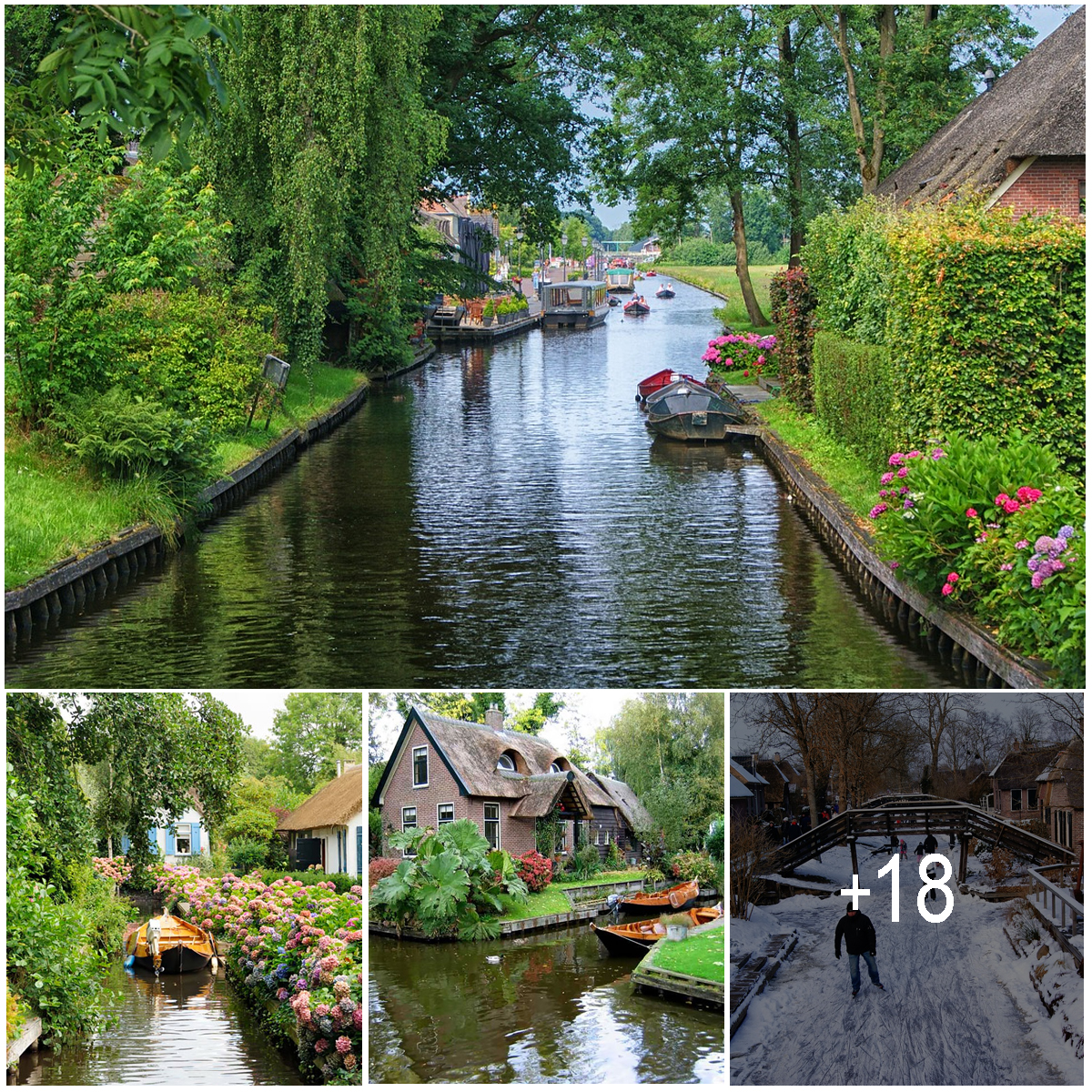
Nicknamed “Venice of the Netherlands”, this small town is littered with hundreds of canals and century old houses. The only difference between Venice and this quaint community is that you will not find a single gasoline engine here. There are no roads in Giethoorn, there isn’t a need for loud and disruptive cars. It is just a laid back community that travels on foot and when needed leisurely floats down the canal. This Danish town is straight out of a fairy tale.
It is very quiet here in Giethoorn, the loudest noise heard is often a quacking duck or rustling bird.
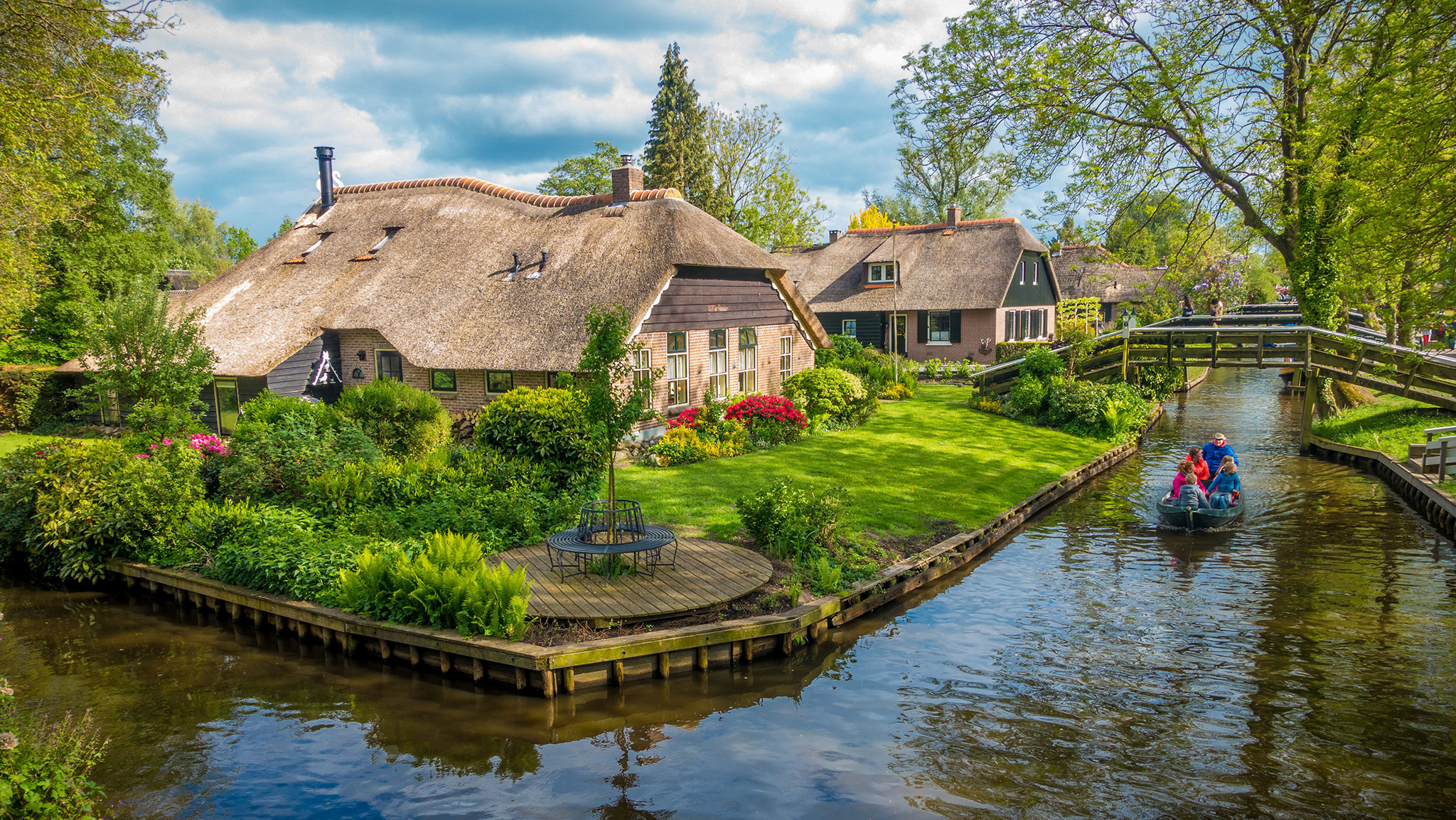
The meditative silence can be attributed to the diesel-free waters of the canals.
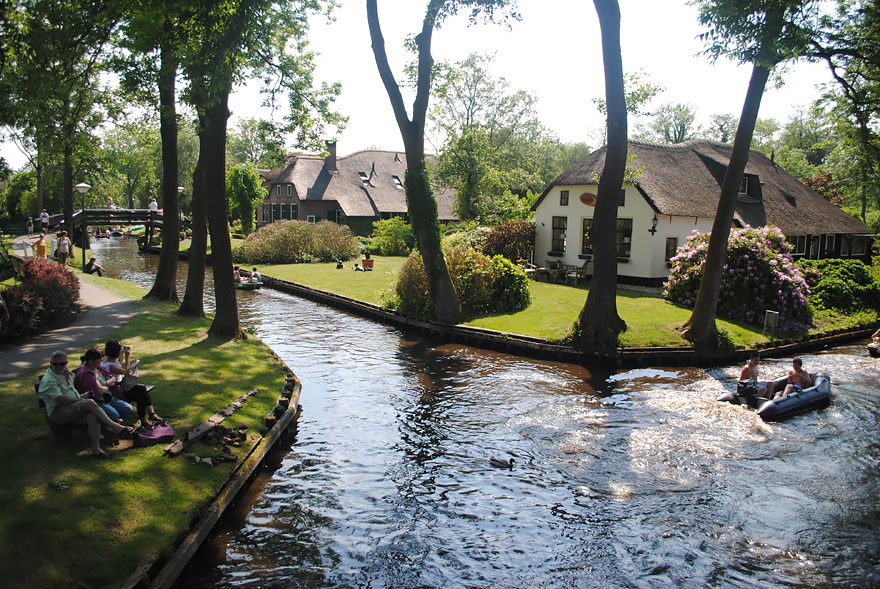
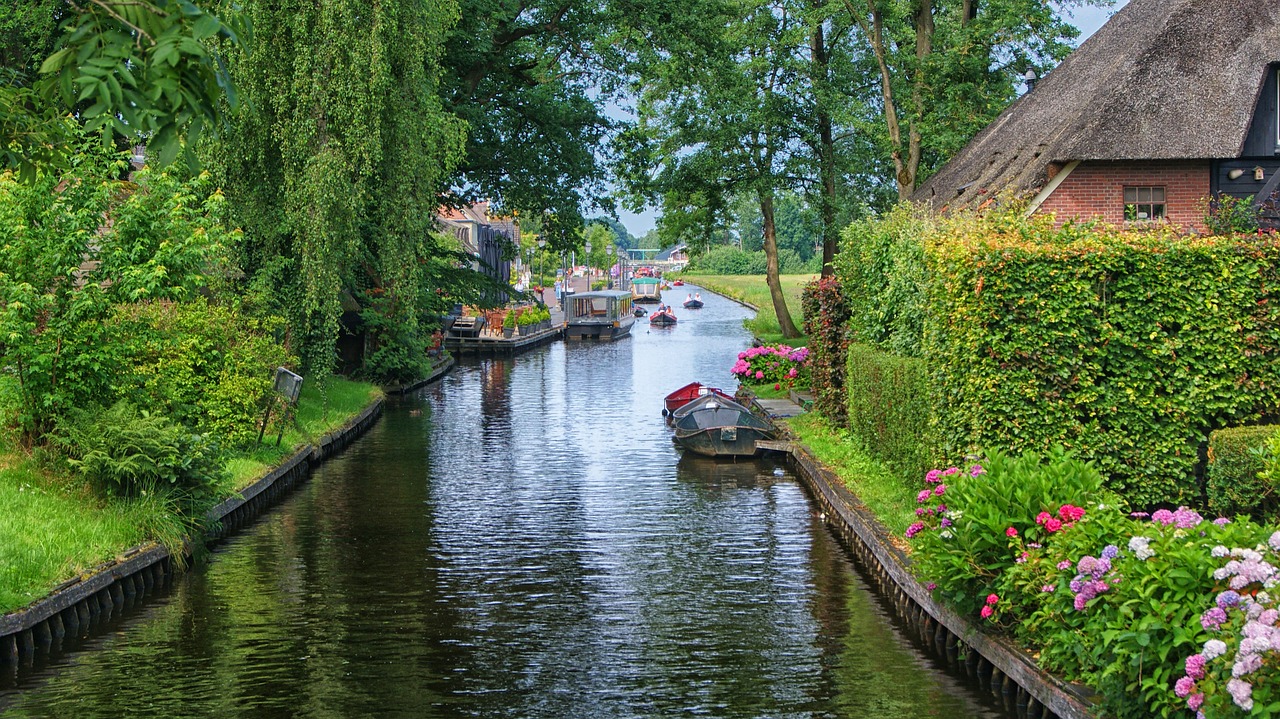
All boats here are powered by electricity.
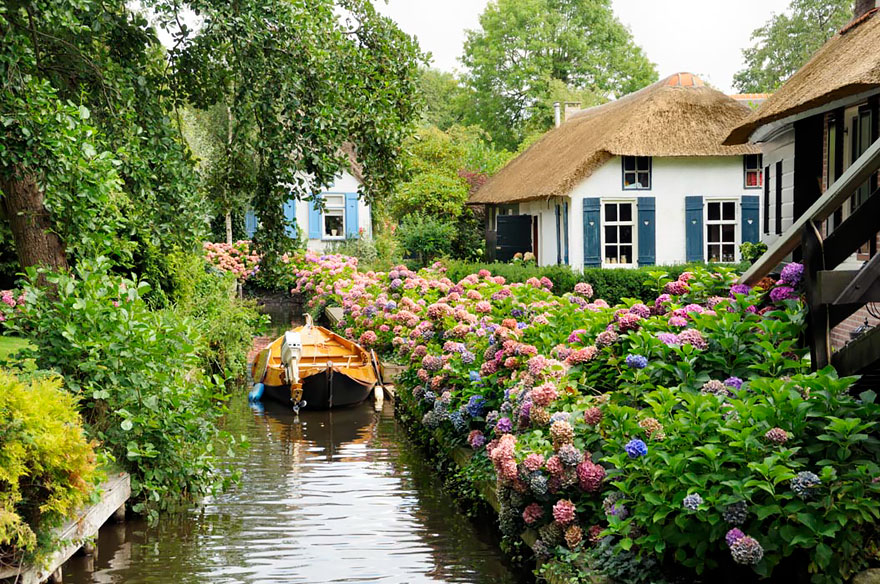
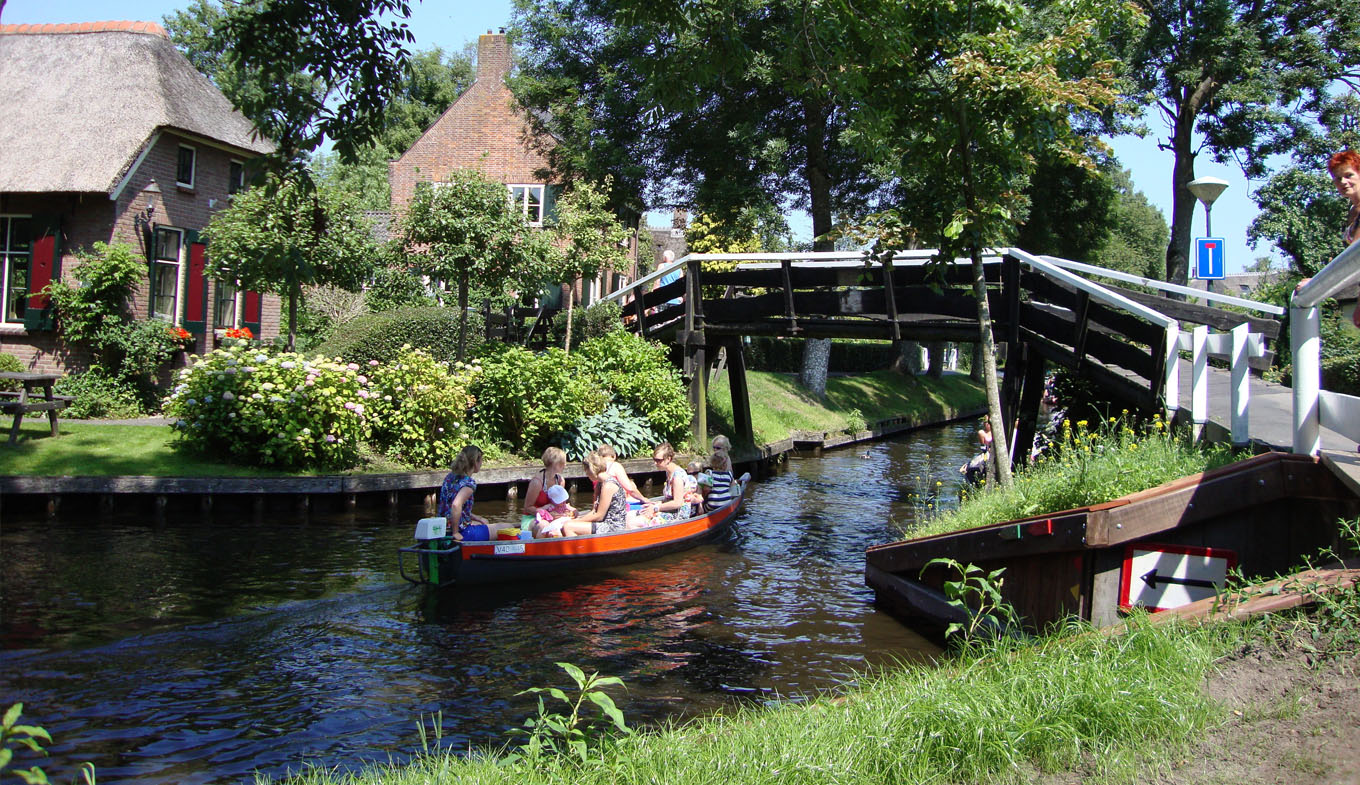
You can drift down a side street, or rather just a smaller canal, to observe a resident casually strolling through the neighborhood.
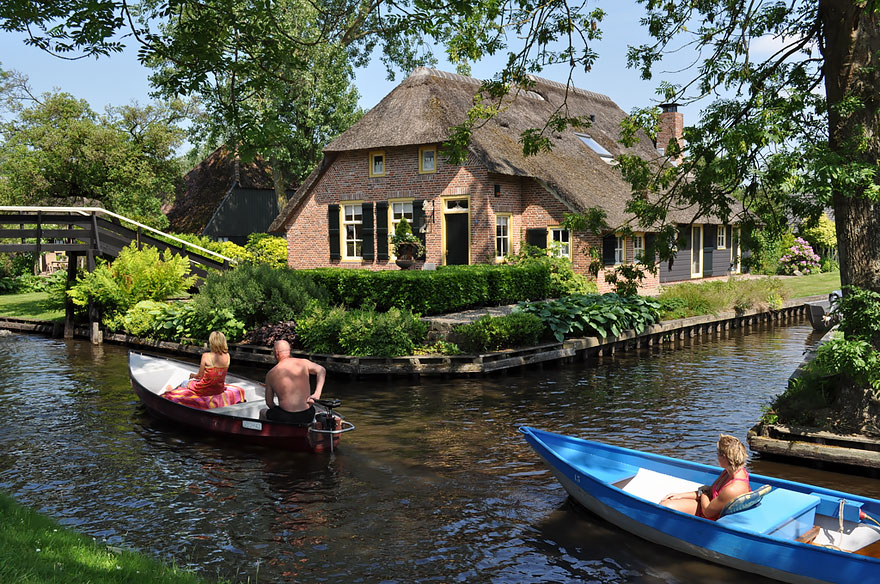
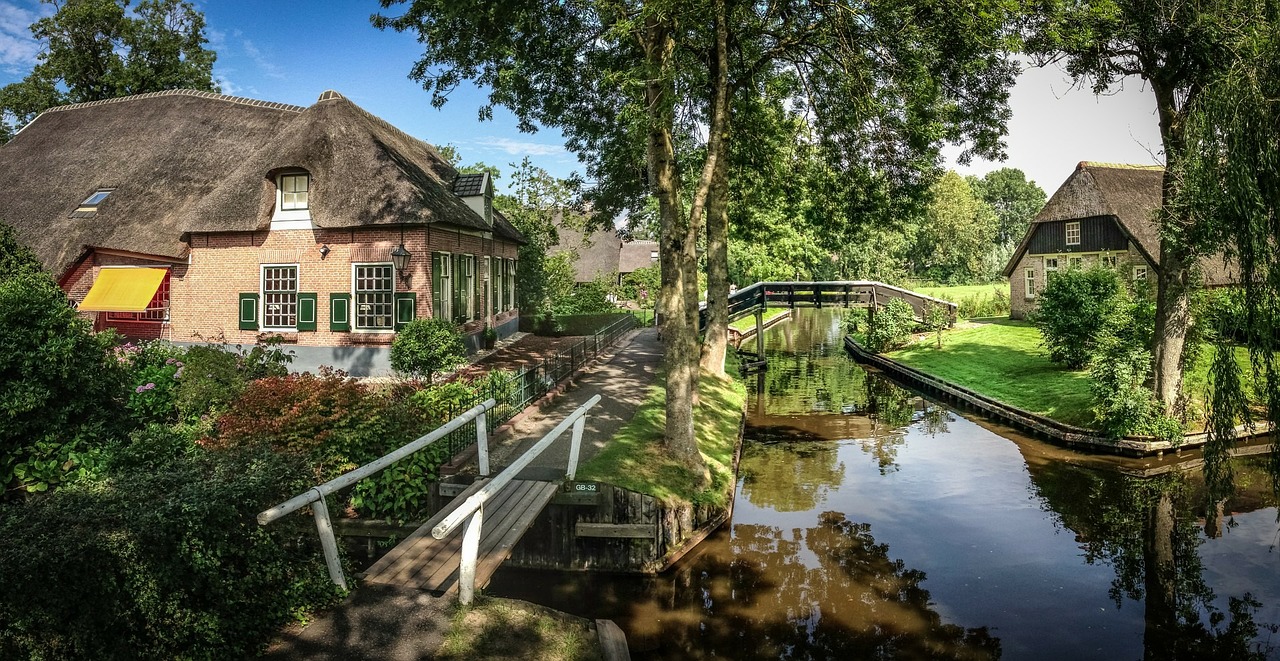
You will float underneath several delicate wooden bridges as you observe the intricate thatched roofs of the old farm houses that make up the community.
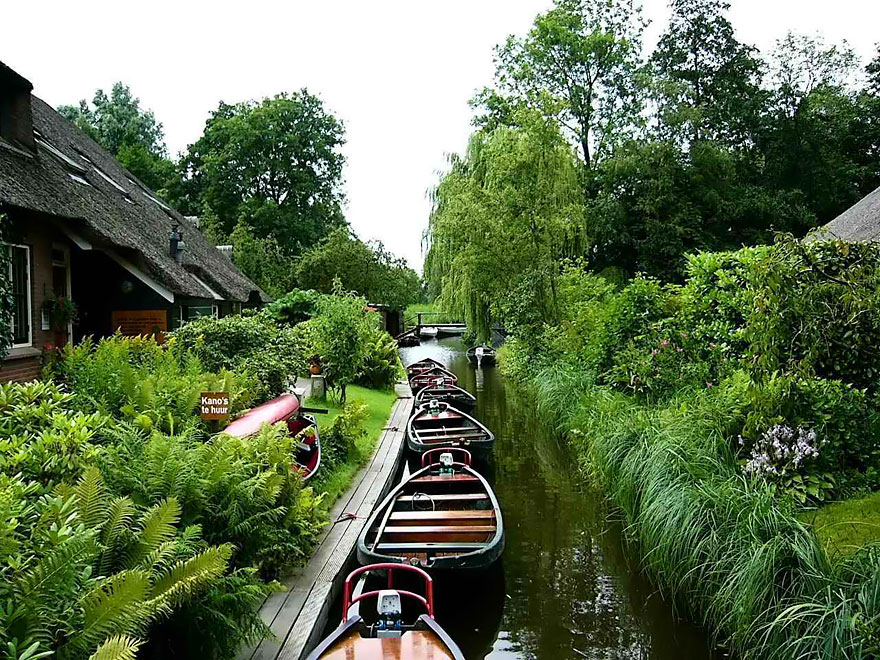
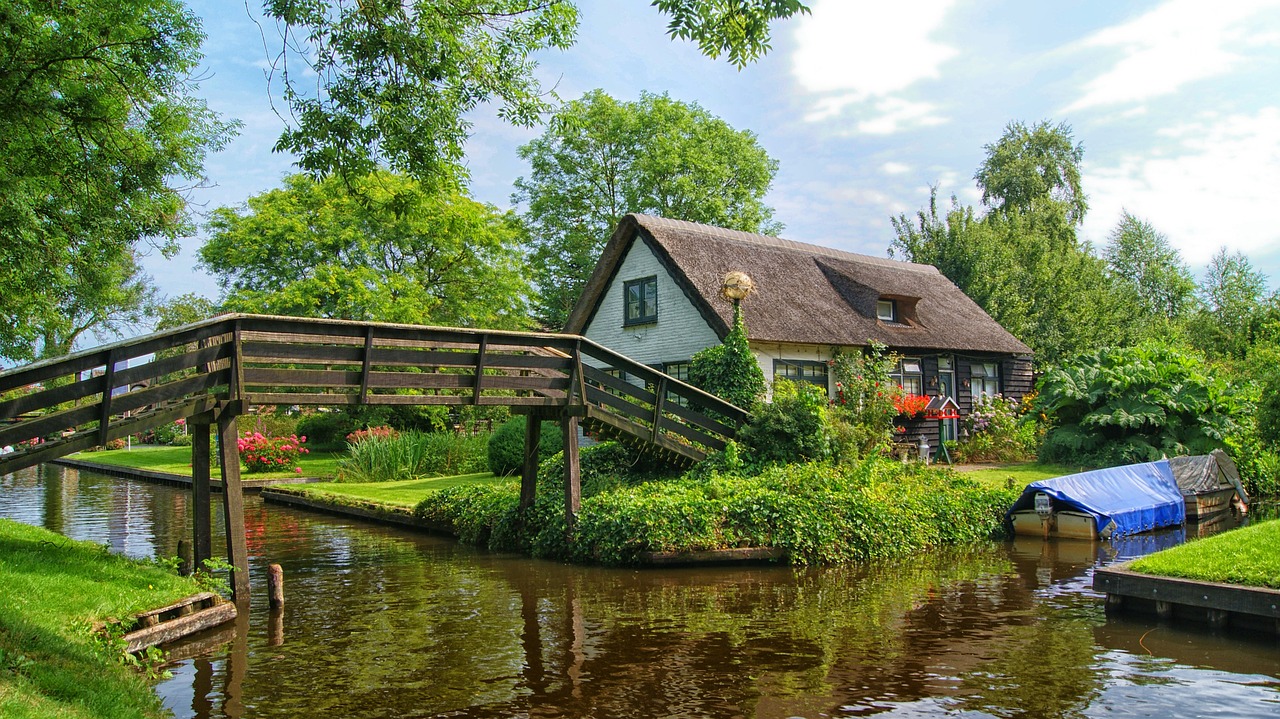
In earlier times, tiled roofs were a sign of wealth due to thatched roofs being cheaper. Today, the exact opposite is true.
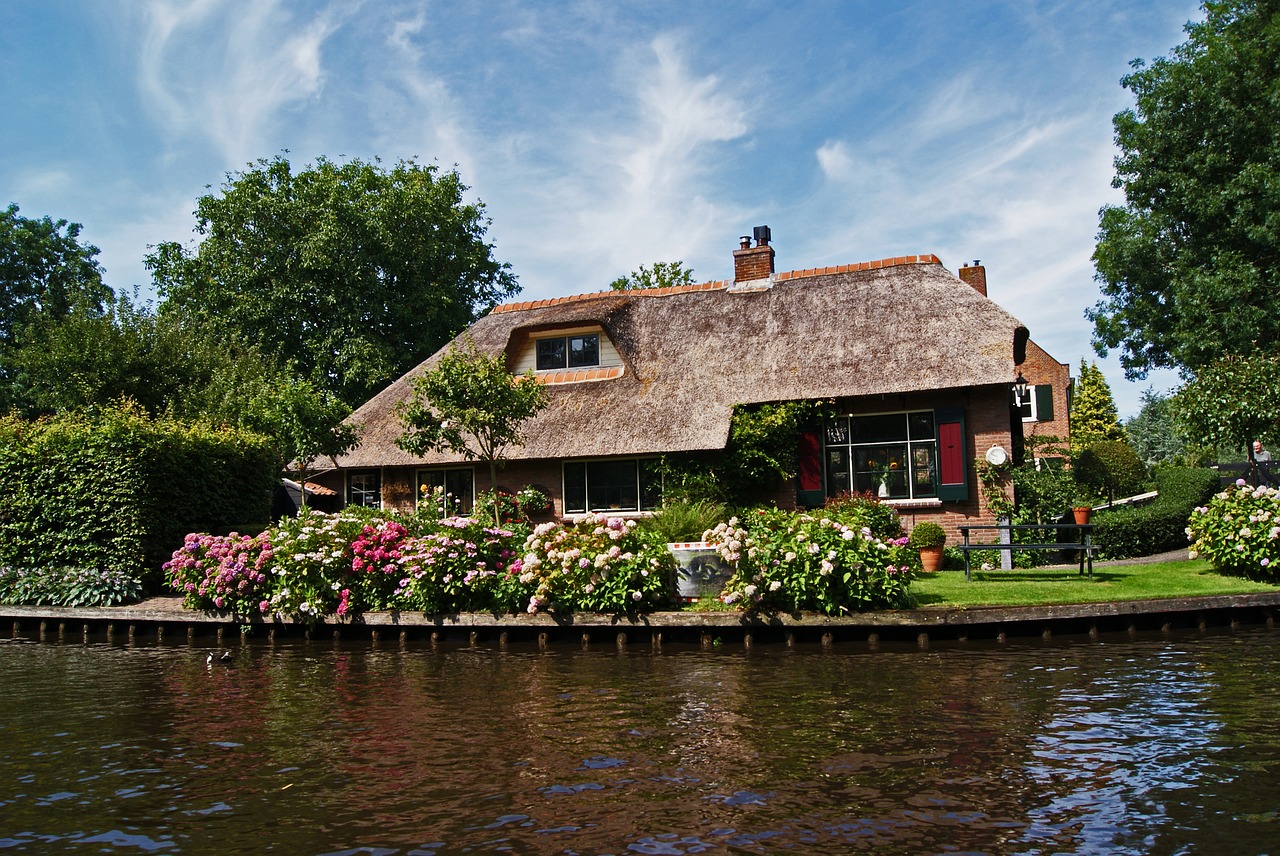
It is a luscious and still town in Giethoorn. You will not find crowded walkways or disruptive commercialism here.
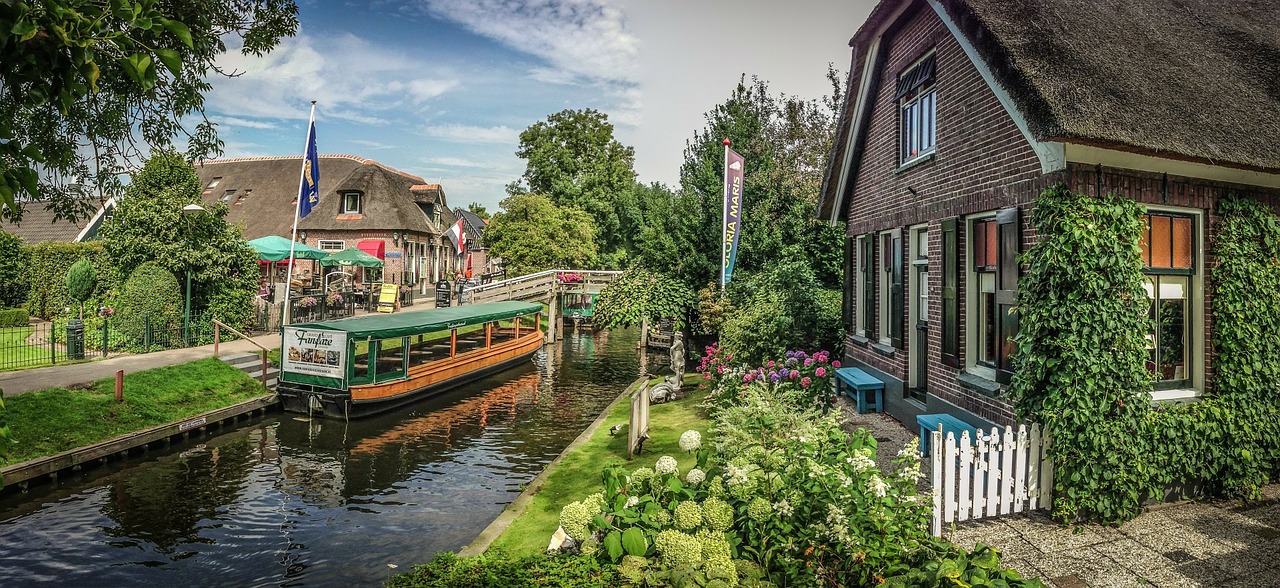
Due to the lack of roads, most homes not accessible by car so the post man delivers mail via boat.
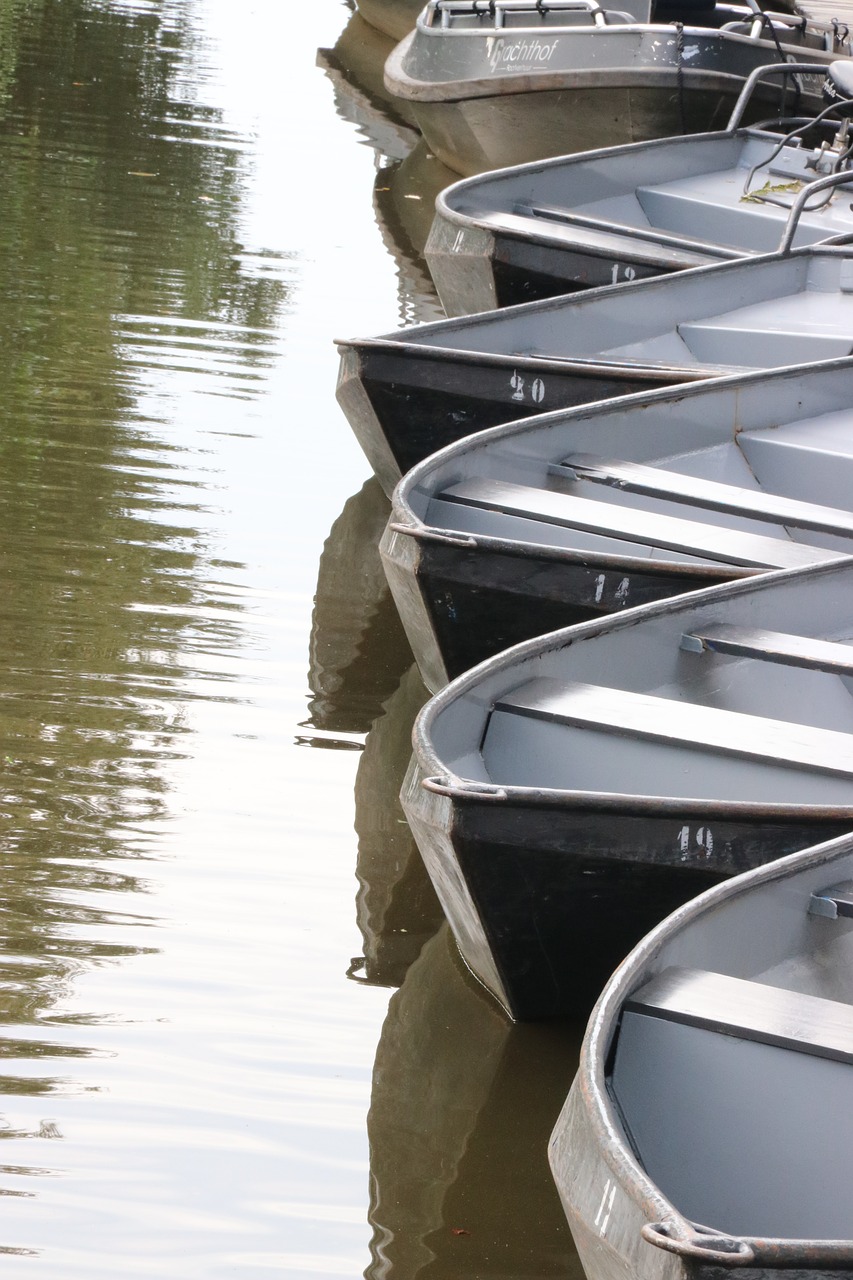
When the canals freeze over in the winter, residents gracefully travel by ice skating in place of their dinghies.
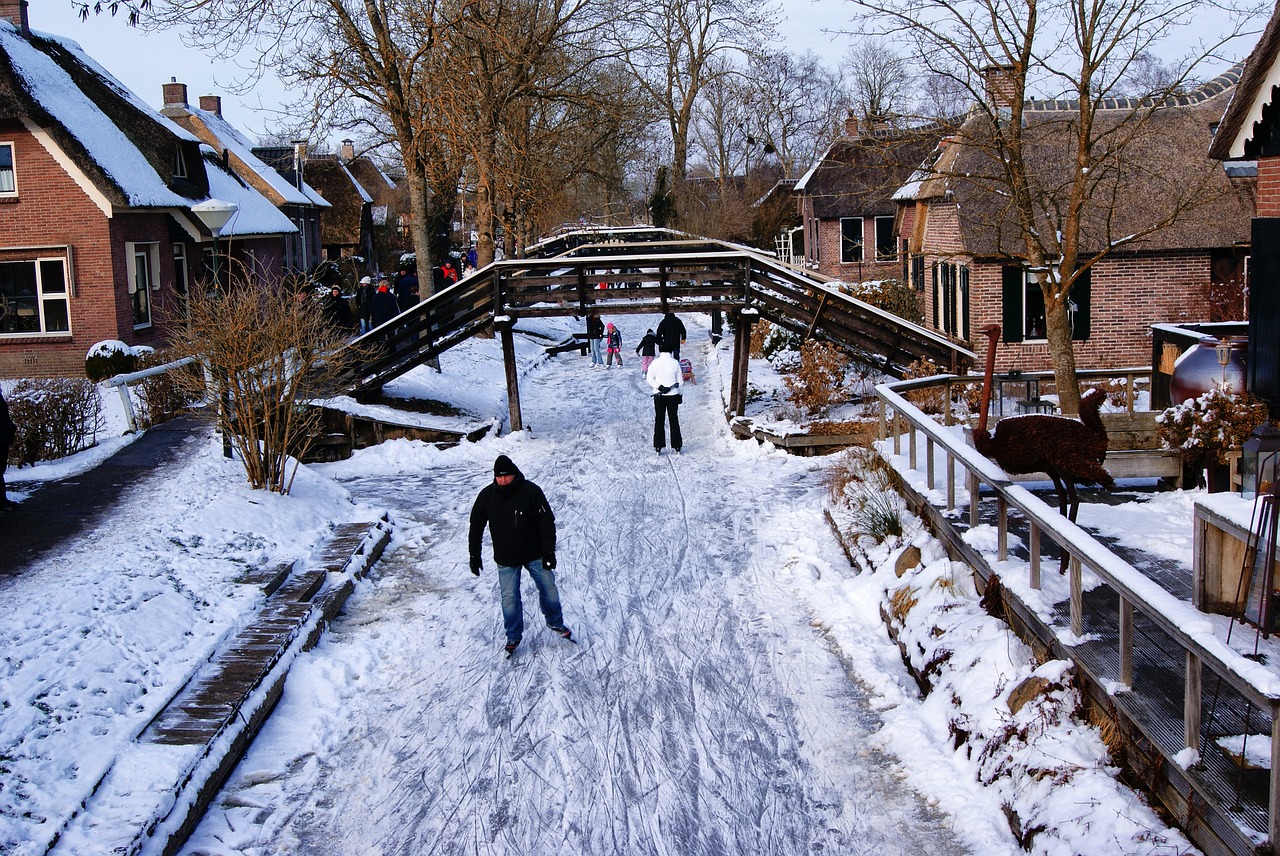
Today, only about 3,000 people call this community home.
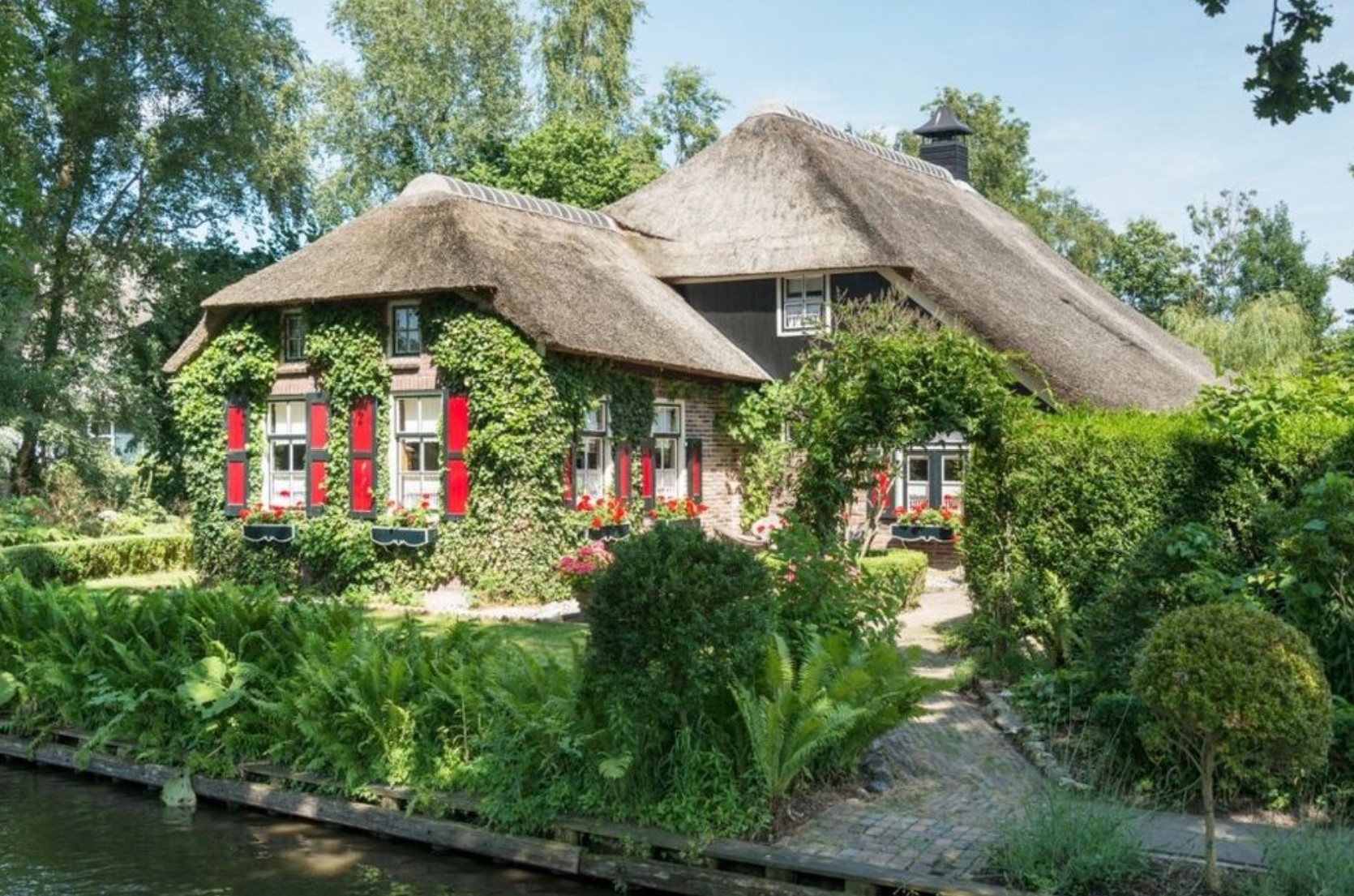
This fairy tale like town is located in the province of Overijssel, positioned in the east of the Netherlands.
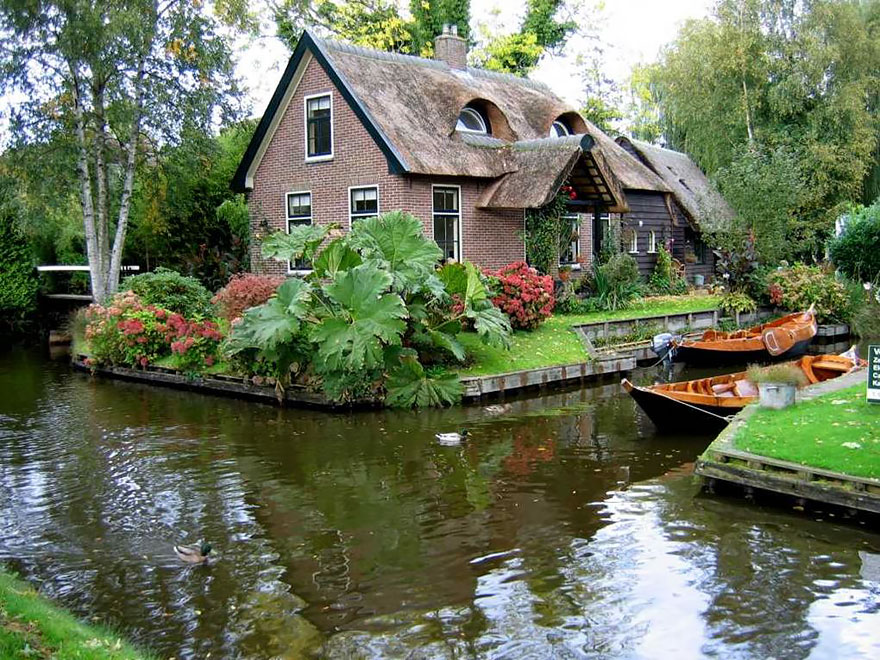
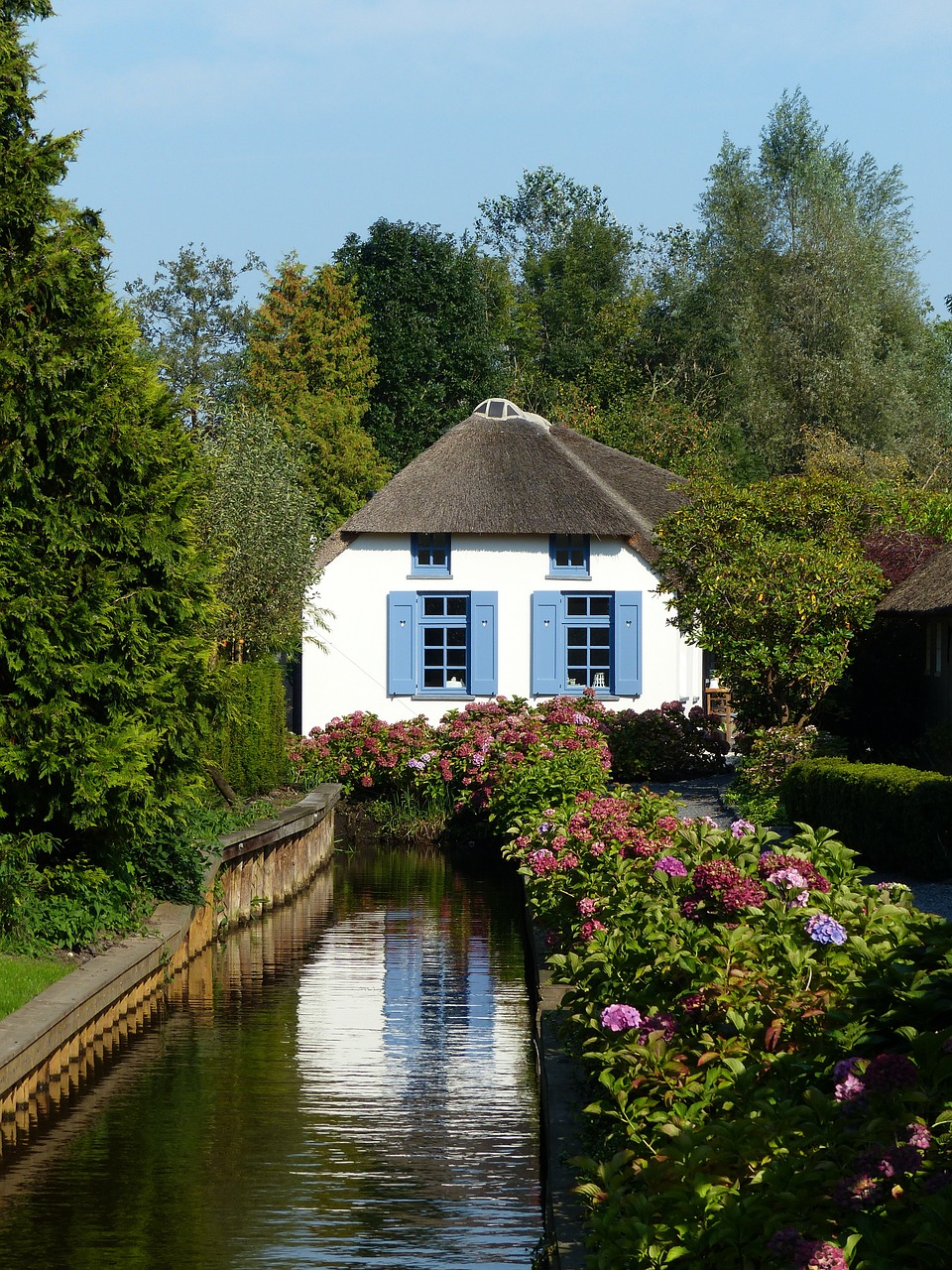
There are more than 60 miles of canals to explore making the number one tourist attraction in Giethoorn boating.
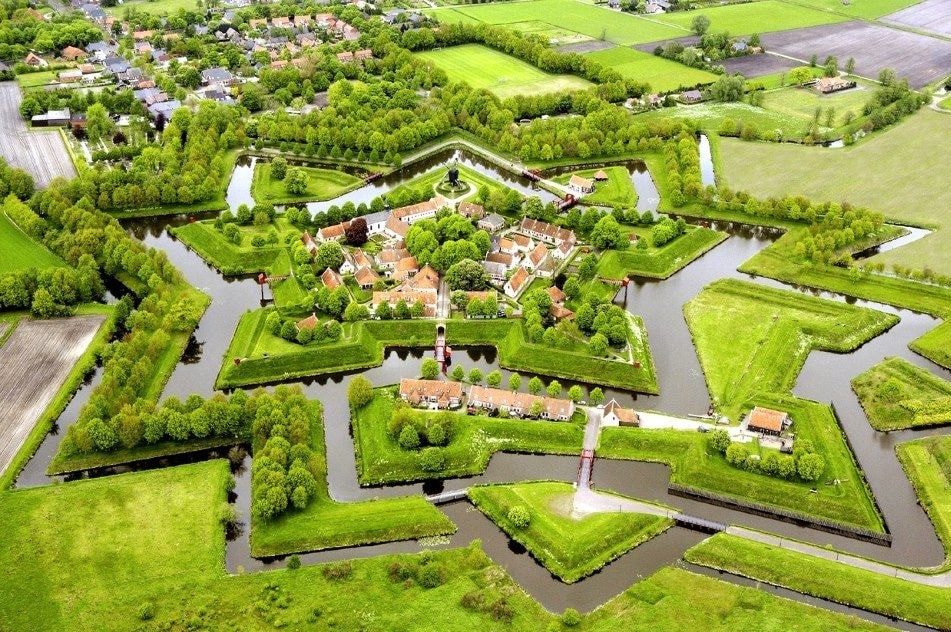
The name Giethoorn means “the horns of goats”. The first inhabitants discovered hundreds of goat horns on the land which the community is now built on.

The town was founded in 1230 by fugitives from the Mediterranean who subsequently stumbled upon vast quantities of peat moss in the ground.
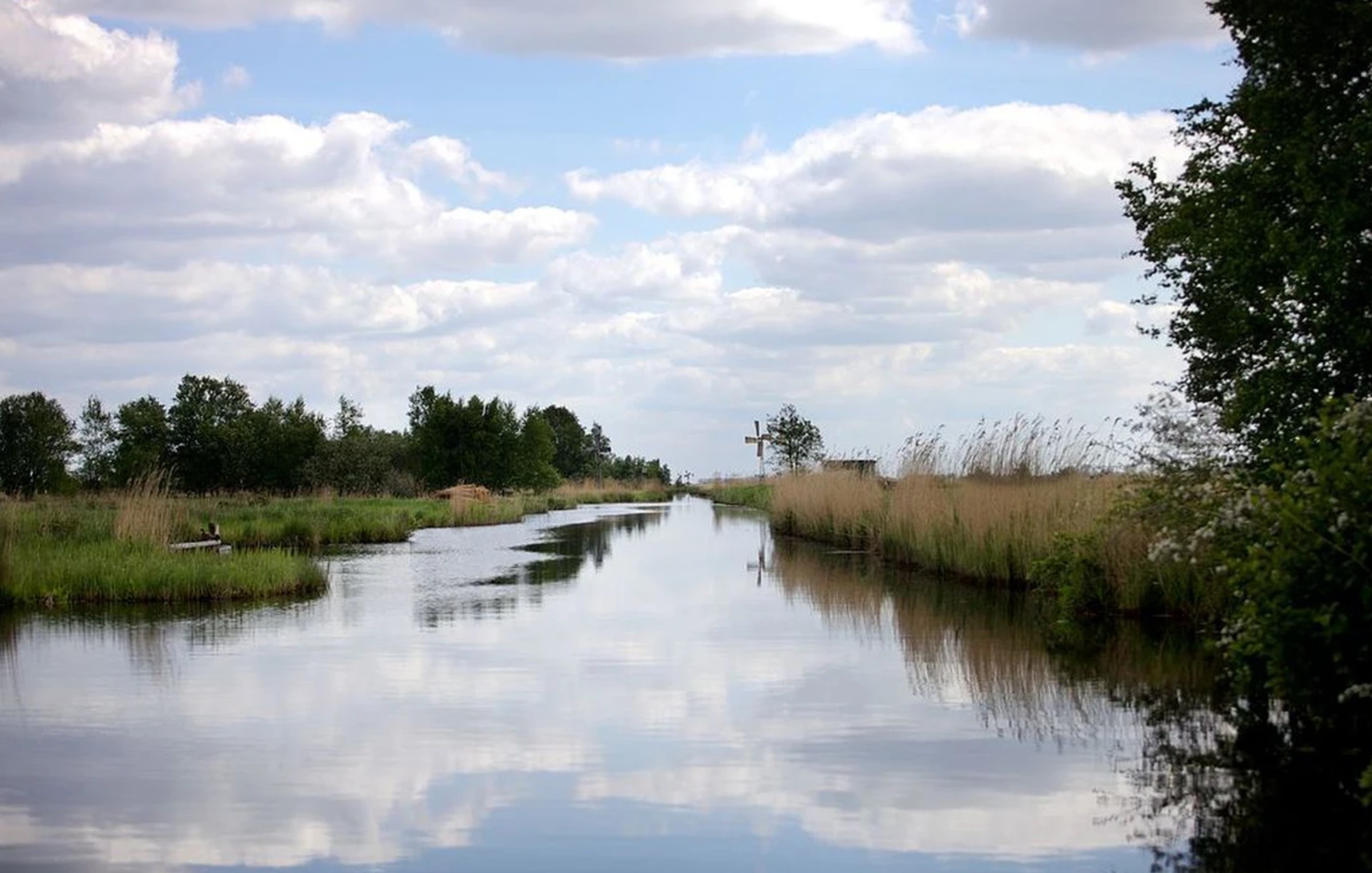
The mining of peat moss created lakes and ponds with islands in between.
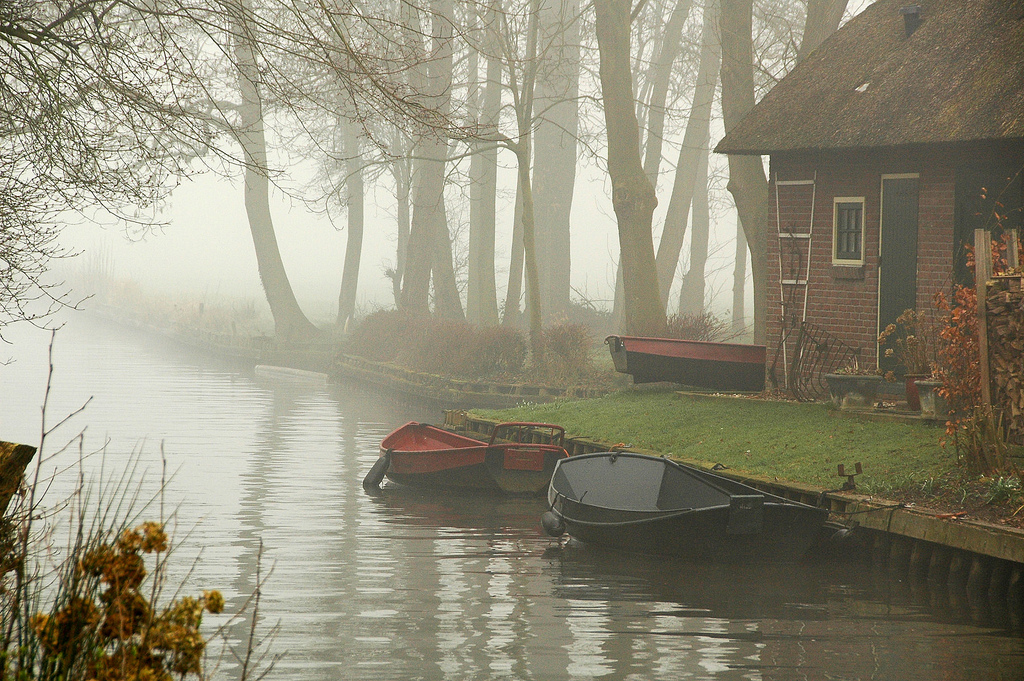
It is on these islands that the settlers built their homes, the lakes and ponds turned into canals over time.
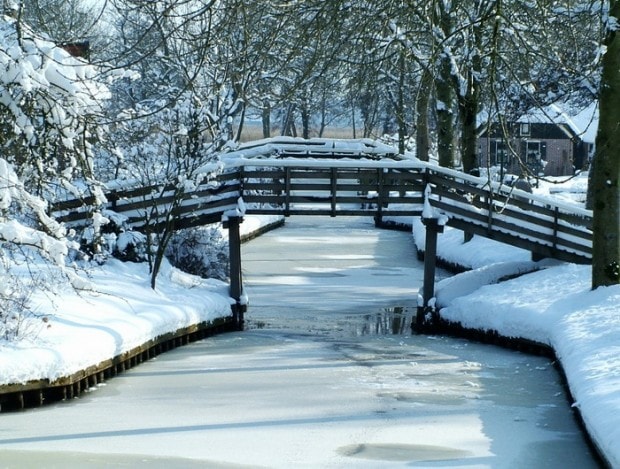
As a result, access was only possible by bridge or punters, a narrow boat pushed by a punteraar (a long pole).
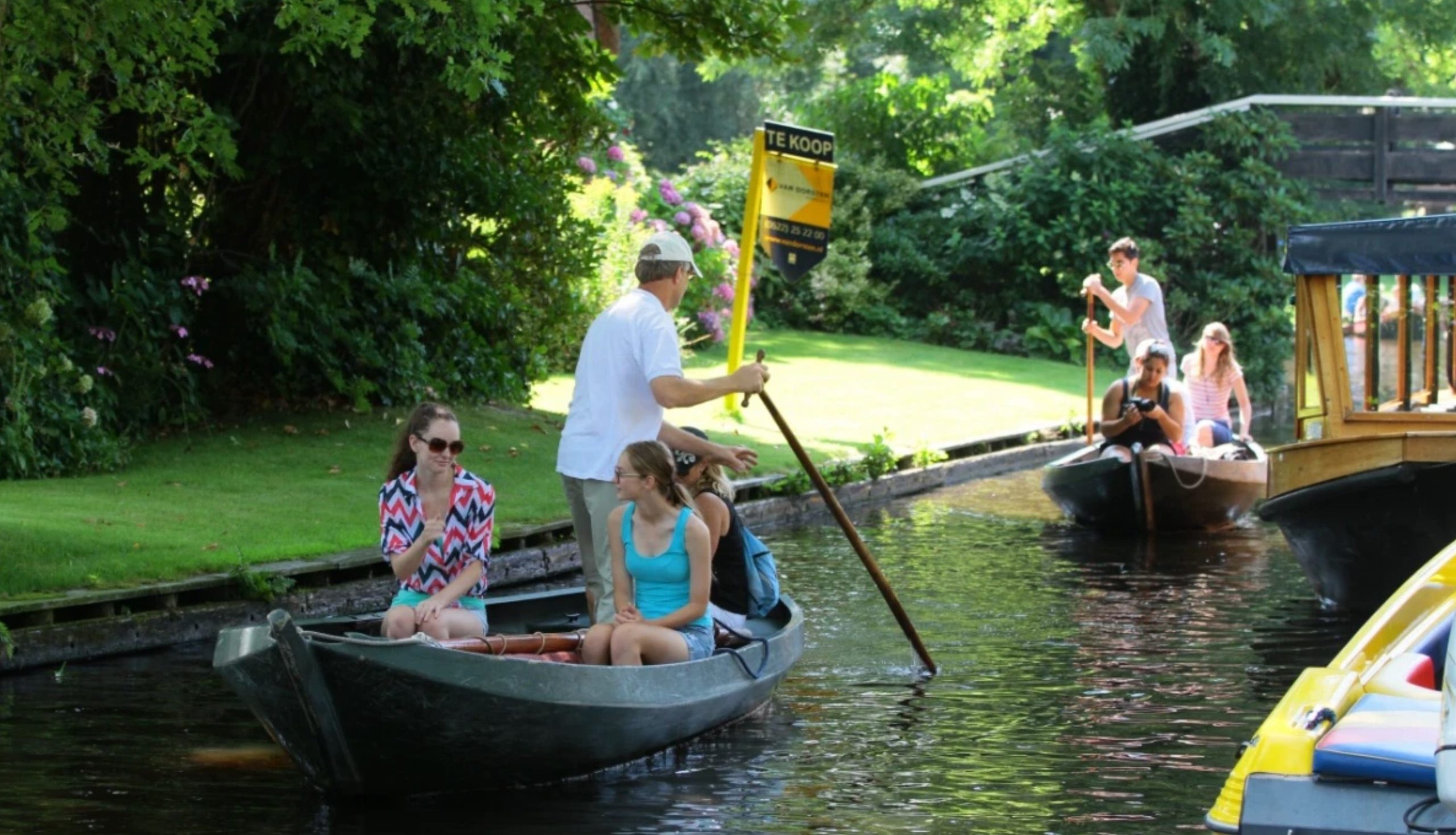
Giethoorn became locally famous in the 1960’s when Dutch film maker Bert Haanstra directed his famous comedy Fanfare there.
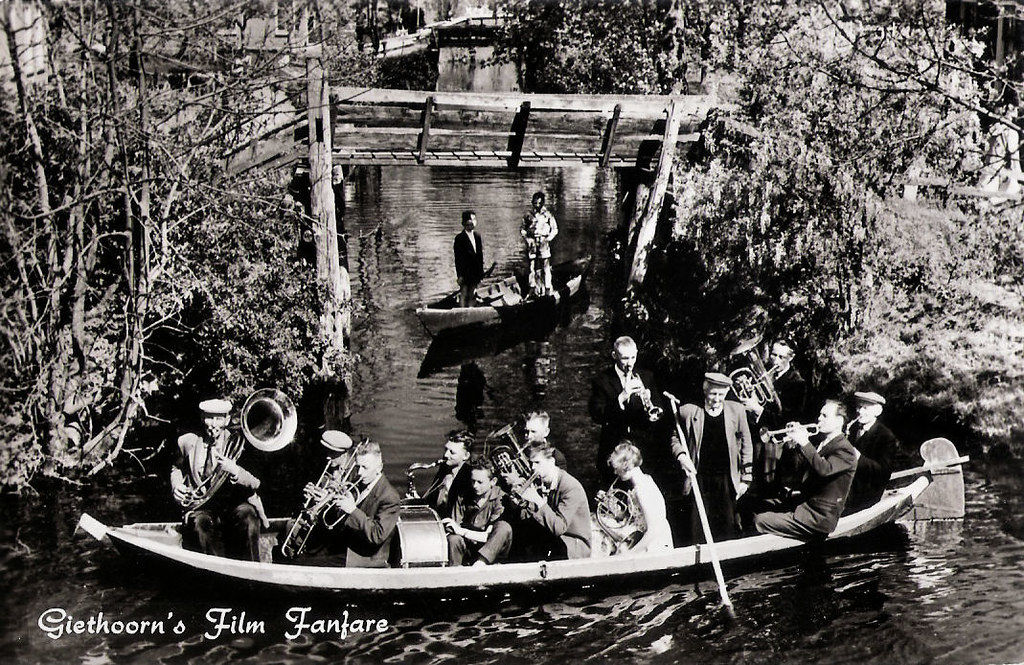
Since then, the town has been a popular tourist destination for boating, cycling, and its wide selection of cafes and restaurants.
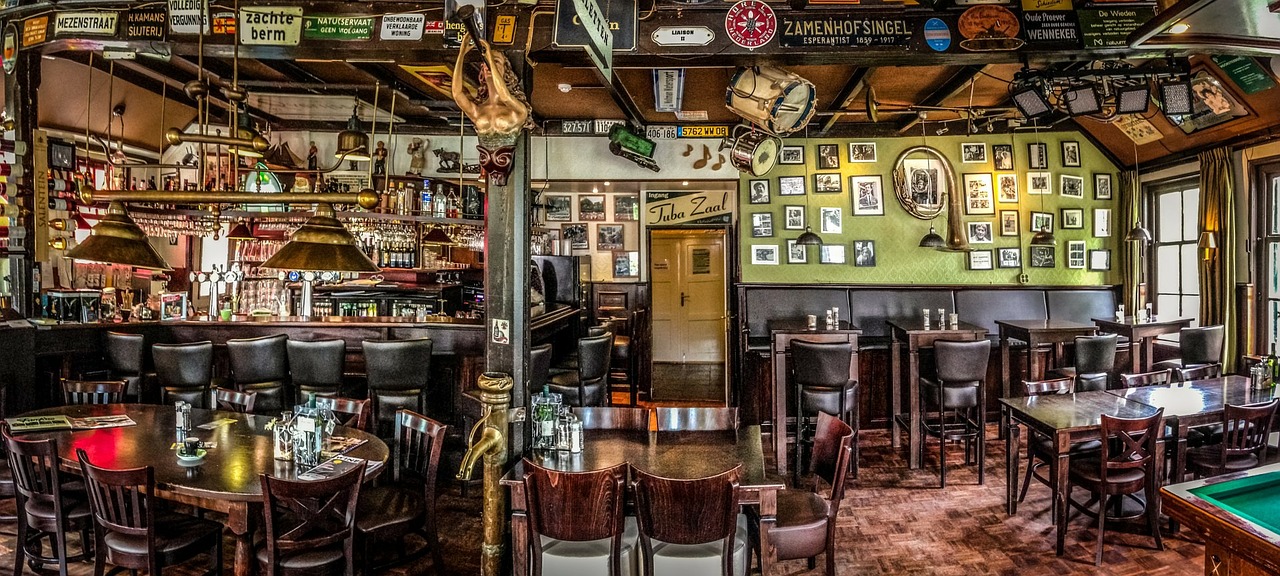
H/T
If you’ve ever wanted to live in a real-life fairytale, you may want to consider moving to the village of Giethoorn. This seems like my type of place to live.


